It’s the time of year for saving money!
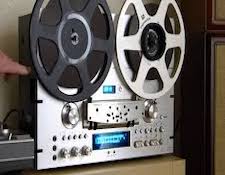
My first audio system, purchased way back in 1972, was a very simple affair. It consisted of an integrated amp, turntable and two speakers. Like my friends of the day who were also into audio, we dreamed of the systems we would love to have but could not for one simple reason – they were way too expensive.
I remember a movie, the title long ago forgotten, with a nice office adorned with Pecky Cyprus paneling, large plants, a beautiful executive desk and atop the credenza, an audio system with a reel to reel squarely in the center. Because in those days, the truly world class audio systems usually had reel to reel tape recorder.
With our undeniable penchant for sonic improvements, we look to any and all available means to better the sound our systems produce. We try any number of technologies, some widely accepted and some not, in an effort to improve what we hear. Such improvements, we euphemistically tell ourselves, are the clear path to better and increased enjoyment of a song.
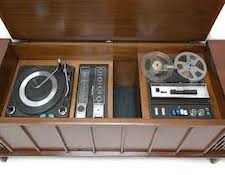 We try new technologies as a means to fulfill our sonic goals. Right now, streaming is possibly the “soup de jour” in modern day audio. And why not, it combines an acceptable level of sonic quality with cost containment, ease of use and immense accessibility to music. Because of these factors alone, streaming has become a major force in recorded music. Business models have shifted to accommodate the furtherment of this increasingly accepted musical technology.
We try new technologies as a means to fulfill our sonic goals. Right now, streaming is possibly the “soup de jour” in modern day audio. And why not, it combines an acceptable level of sonic quality with cost containment, ease of use and immense accessibility to music. Because of these factors alone, streaming has become a major force in recorded music. Business models have shifted to accommodate the furtherment of this increasingly accepted musical technology.
I suppose it must be about two years or so ago, but I began to notice cassette tapes available, arguably in limited numbers, alongside CD’s and LP’. Suddenly it became possible to log onto a consumer web site, choose a new work by an artist, and purchase that work as a CD, LP and a cassette. Depending on the web site, it was even possible to stream the selection, albeit as less than CD quality. I wondered if reel to reel would follow a similar, circuitous route.
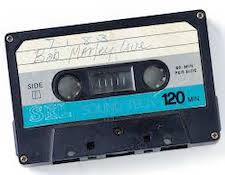 My earliest audio wish list was for a reel to reel. I reasoned back then that all truly remarkable systems had them. Now to be sure, as a young teenager, I had hardly left my neighborhood unless with my parents. I had never even heard a reel to reel so why my fascination with them? Because they looked really cool number one. And many of the systems I saw in pictures of then audio magazines with components and speakers I dreamed about had 15ips reel to reel players. By the mid 1980’s the digital era had fully begun, and my dreams and aspirations had changed to whatever the best CD player was at the time. Oddly enough, I cannot remember any one particular brand that excited me, only dreaming about having the best.
My earliest audio wish list was for a reel to reel. I reasoned back then that all truly remarkable systems had them. Now to be sure, as a young teenager, I had hardly left my neighborhood unless with my parents. I had never even heard a reel to reel so why my fascination with them? Because they looked really cool number one. And many of the systems I saw in pictures of then audio magazines with components and speakers I dreamed about had 15ips reel to reel players. By the mid 1980’s the digital era had fully begun, and my dreams and aspirations had changed to whatever the best CD player was at the time. Oddly enough, I cannot remember any one particular brand that excited me, only dreaming about having the best.
With the inexorable march of digital, much like the path streaming is taking today, reel to reel specifically, and analog in general began to lose favor with people buying audio systems. Not totally of course as there were many audiophiles who never lost interest in analog. LP’s never fully went away. Reel to reel presented a particular problem since then as now, playback equipment was not all that widespread, and the availability of tapes was limited.
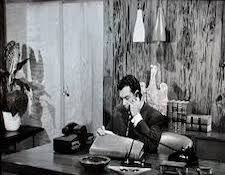 Let’s fast forward about forty years and now, reel to reel is making a comeback – so to speak. Going back a few short years finds most of the playback equipment as rebuilt version of 1970’s, 1980’s production models. Now we have, and of course currently on a very limited basis, some new units being reproduced. And guess what? They sound amazing. All of them.
Let’s fast forward about forty years and now, reel to reel is making a comeback – so to speak. Going back a few short years finds most of the playback equipment as rebuilt version of 1970’s, 1980’s production models. Now we have, and of course currently on a very limited basis, some new units being reproduced. And guess what? They sound amazing. All of them.
I first heard a reel to reel in modern times at an audio show a few years ago. There was a classical piece playing and the overall presentation was startling. It sounded like I was in the concert hall in row 5, center section. Huge dynamics. Clarity, accuracy. It had it all. This particular player also carried a $25,000 price tag. Worse still, the tapes sold for anywhere from $300.00 to $600.00 – each. They also had very limited distribution.
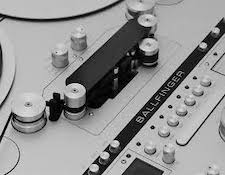
Just like the saying “it’s hard to keep a good man down,” reel to reel is enjoying increased popularity. Better availability of playback equipment and tapes is burgeoning, although the players are overwhelmingly rebuilt units.
There are exceptions, like a unit from the German manufacturer Ballfinger – at a not surprising cost of up to almost $30,000. There are others, on a very limited basis showing up mostly at audio shows. There is greater availability of tapes and prices slightly lower, on average, than five years ago. I wonder how long it will take for R2R to gain a more widespread popularity?
Make no mistake, reel to reel will never be as popular as CD players were, and to whatever degree they still are. Reel to reel tapes will never be as easily available as an LP or CD is today. Never mind streaming. Yet despite this, for those who have made the investment and embraced a yesterday technology today, reel to reel quite possibly represents the apex in what is sonically feasible. It is very likely the closest the average audiophile will ever get to something on a recording studio level.
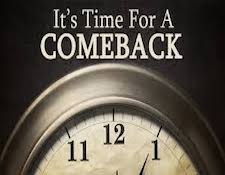 Regardless of what anyone may think of the availability of equipment, cost of equipment and tapes, and even sonic greatness, it cannot be disputed that reel to reel is a reborn technology effectively dead thirty, forty years ago. And now, it shows signs of renewed life, very likely causing more ripples in the audio water than exist already.
Regardless of what anyone may think of the availability of equipment, cost of equipment and tapes, and even sonic greatness, it cannot be disputed that reel to reel is a reborn technology effectively dead thirty, forty years ago. And now, it shows signs of renewed life, very likely causing more ripples in the audio water than exist already.
Some will champion the return of reel to reel. Some will not. Others will not even care. But for those few, those very few, reel to reel will be a sonic revelation and one that will have to be heard to be completely appreciated.
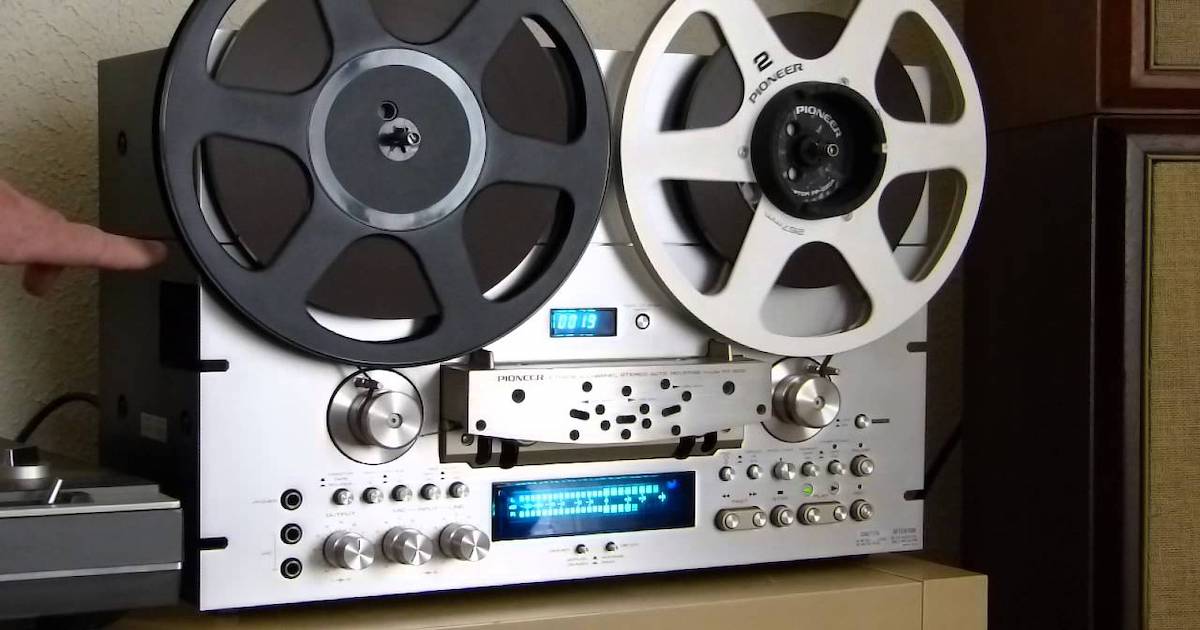

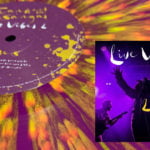






I got my R to R a Pioneer RT-701 when it first came out. I still have it with it’s collection of DBX encoded tapes which I play from time to time. It was the first music streamer in my system/house. The ability too play music for hours with minimal interruption was was/is wonderful.
From my earliest audio days (decades ago), I used reel to reel machines – both 4 track consumer and 2 track professional ones. I never owned a turntable until much later when a friend got me into LPs (vinyls???). I love tape. I was obsessed with tape recorders. I had three of them by the time I was in college; two pro machines and one consumer.
As I write this, I am listening to a pristine 4 track pre-recorded 7 1/2 ips Ampex EX+ recording of Schumann’s 3rd symphony.
Guess what. Compared to today’s digital, it sounds like crap.
Next to me right now, I have a vintage professional Ampex vacuum tube 15 ips 2 track studio recorder, with CCIR equalization and heavily modified (I’m qualified to do this, being an engineer for a high end audio company). The very one almost all of the recordings from the 60s and 70s were recorded on.
Guess what. Compared to today’s digital, it sounds like crap.
Actually, even compared to vinyl, the tape machines I have or the ones have ever heard sound like crap. I’ve used them all professionally; Studers, Ampexes, Otaris…..all of them at one time or another.
There are tons of technical and empirical reasons for this (the distortion signature of tape for starters), but I must admit that the tape medium which I love and which today’s audiophiles apparently worship, sounds like crap when compared to good vinyl (due to its particular distortion signature mainly) and digital. For anyone interested, here is a link to a graph of the distortion signatures of tape verses vinyl: https://drive.google.com/file/d/1FoPWw0pe_5L6rZk8qBSa0rLDQtDv8fOz/view?usp=sharing
Yes, Yes, I get it. Reel to Reel is today’s “New Thing”. Its cool. Yada Yada. I still love my reel to reel machines.
But compared to current technology, they sound like crap. Actually not literally like crap, but even using the 15 ips Ampex, there is a definite degradation which is *NOT* euphonic. The distortions introduced by vinyl are more euphonic. The ones introduced by tape (even using modern mastering tape, CCIR equization etc) only serve to dull, to distort, to add a layer of haze which is not pretty.
Call this heresy, but them’s only the facts. You can go ahead and spend $30,000 on a “vintage” rebuilt machine or a new one, but I would honestly say that the money could be much more wisely spent on something else. All this is kind of like admitting that your kid is actually pretty ugly.
Now back to my Schumann tape.
I totally agree. However, didn’t your Schumann’s 3rd symphony recording start life as a reel to reel master tape, 15 IPS for sure (and, most likely available in vinyl or CD), recorded in a concert hall?
I also have always wondered why tape recorder specifications didn’t include a measurement of IM distortion. So I measured a high quality machine myself. Yikes! Turns out, 3% IM distortion looks terrible on a spec sheet.
These tape players started being popular around 1968/early 70’s. In my world during those years, Nam vets were bringing these back in some numbers from military “PX”s. If you had money, and not a lot, early twenty somethings could afford one also. I liked the status symbol and “WOW” factor. But really, all these R to R’s seemed good for was to make up mix tapes of full albums, so that the listener(s) could enjoy hours of music that would not require changing albums while you were rushing on a hashish high! Throw in a few lines of Peruvian marching powder and the last thing you wanted was to stop the state of stupor you were in, and having to flip a black plastic disc would do just that. It would “bum” your high. There again, changing a disc was always an excuse to charge the bowl of the pipe or put out some more lines after a proper ‘dicing’ with a razor blade on a mirror.
I know that there were reel to reel albums you could buy. I really do not remember any of my friends having any. The primary use of the R to R amongst the people I hung with, was to have a long playlist.
WE do seem to have a difference of opinion on the quality of reel to reel music reproduction in this discussion. The mix copies sounded really good in 1972.
Let’s bring back “Quadraphonic” sound. My friend Pat bought a system and it did sound like crap. I do not remember if he had a vinyl disc or tape system. It was very short lived system. Pat uninstalled the system soon after purchasing it. Maybe there was a sweet spot that you had to be in to enjoy it. It was not for a room full of stoned friends.
I believe you missed the R2R boat by about ten years, at that time used pre-recorded tapes were still affordable. What about cassette decks, I have a late 70s JVC KD10 and mid 80s JVC Dolby C deck, are they worth anything?
That KD10 recorded 100s of hours of the BBC’s John Peel show (especially the studio sessions), all the tapes squealed themselves to death by the mid 90s and in many cases were replaced by CDs anyway.
The Dolby C deck was used to record early CDs. CDs were expensive, three to four times the cost of the LP, so I’d check them out before purchasing. I used to play those old tapes on a boombox by the pool before MP3s and Bluetooth speakers became popular.
Remember Revox? How many of you owned an A77 w/Dolby B or even a B77? A couple of years ago, there was a rumor that Revox was making a new Reel to Reel recorder. I wonder what has happened to that project? Also, back in the day, most radio stations used RTR for audio production along side “Cart” machines and even before. Recording studios all used RTR recorders before the advent of digital and many of the recordings of this era all sounded fantastic! I say long live RTR! And, I’m still hoping that Revox will come out with a new recorder.
Oh, man, I remember the A77. As college students at a well-known Boston engineering school in the late 1960’s, my buddy and I lusted after the machine and an appropriate DolbyB unit.
Listening to a 7 1/2 ips recording carefully made was a religious experience. It sounded FANTASTIC. Just as good as a typical consumer CD player does today.
Technology marches on; sorry about that. Still, it would be fun to play with one again after all these years. But it helps to step out of FantasyLand once in a while.
Mr. Paul Wilson, the writer of this article, is either intentionally or unconsciously feeding this placebo sickness. Reel to reel is a far cry from sonic perfection, and to claim otherwise is to be simply denying reality.